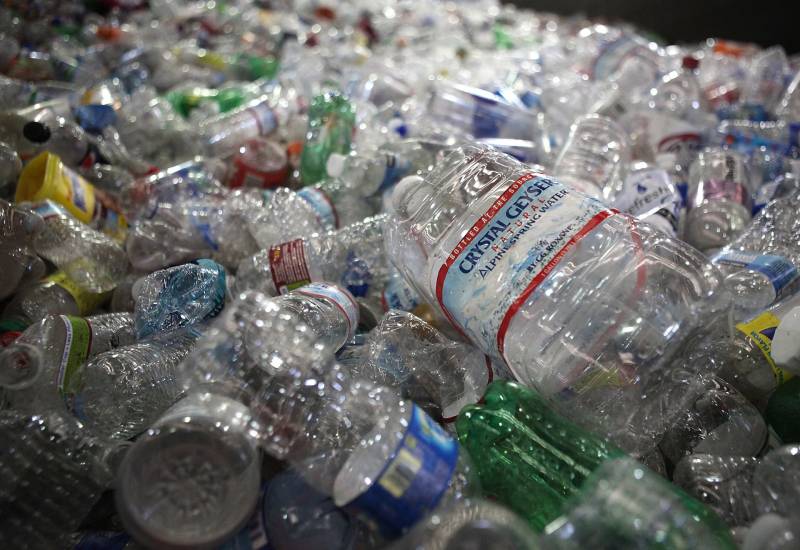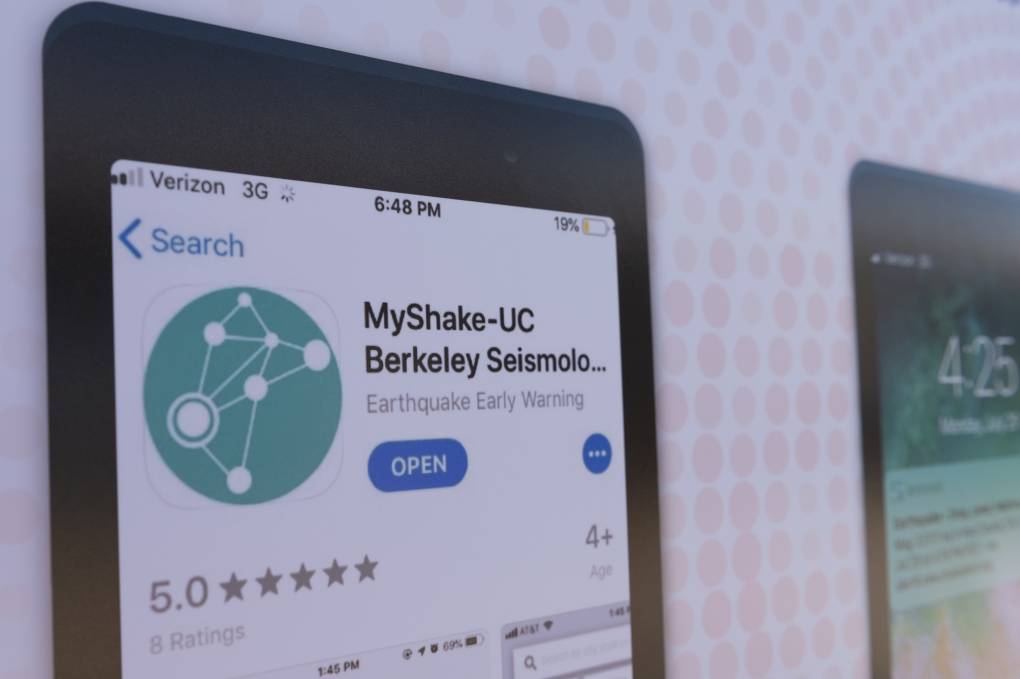Government and industry are scrambling to stem the growing amount of plastic waste that ends up as trash and pollution. Scientists estimate about 8 million metric tons enter the world’s oceans each year, which is “the equivalent of dumping a garbage truck of plastic waste into the ocean every minute,” according to a report from researchers working with the National Academies of Sciences, Engineering, and Medicine.
Plastic waste floats on the surface of the sea, throughout its vast water column and is stored deep in its sediment. Researchers have found it in the Great Lakes, Lake Tahoe and other freshwater ecosystems, and increasingly in the foods and beverages consumed by humans.
According to research from UC Santa Barbara, published in 2017, half of all the plastic that ever existed was produced within the prior 13 years.
Though Hartwig’s team found success in the lab, they had to refine the work for it to become industrially feasible, a distance that he described as the “so-called valley of death” for new scientific achievements. His team is pursuing federal grants and discussions with industrial partners.
The business case is not yet clear. Transforming a used yogurt container into a new yogurt container, while valuable for the environment, generates a commodity chemical that’s already available to companies at a very low cost. To make this process economically feasible might require a new plastic tax or similar legislation.
The research advances an early achievement from the Berkeley team, in which they successfully used an expensive heavy metal catalyst in a similar process. While interesting, that was largely an academic exercise.
With this new study, Hartwig’s team replaced the metal catalyst with a more practical solution: sodium and tungsten. “These are elements that are widely available, inexpensive, and already used commercially,” he said.


